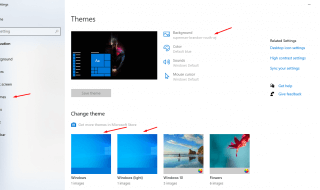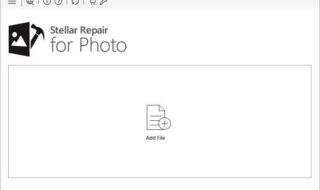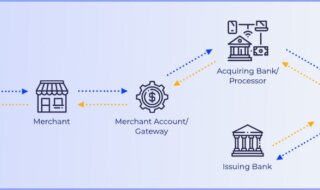Conveying complex geographic data to an audience can be quite challenging. However, translating the data into a visual format, such as a map chart, makes the task simpler and more effective. A map chart has unmatched visualization capabilities that can convey comprehensive data sets remarkably. Keep reading to understand how map charts work and discover how to create one successfully.
Contents
Understanding Map Charts: A Brief Overview

A map chart is an innovative way to represent spatial data visually. It uses geographic designs as the fundamental graphical representation to exhibit data related to different regions, countries, and even continents.
The visual representation advantage of a map chart makes it a preferred choice for researchers, statisticians, and data scientists. A map chart can translate complex data into an easy-to-understand, interactive, and visually stunning format.
Map charts are an ideal tool for any project that relies heavily on location-based data or demographic statistics. They can be used effectively in fields such as public health, political science, environmental studies, and even marketing.
The key to creating an effective map chart lies in its clarity and simplicity. A properly drafted chart successfully communicates the intended information without overwhelming the viewer with excessive details.
Essential Aspects of Creating a Map Chart
Creating a map chart involves some essential aspects. It starts with gathering the data that needs to be represented. The data must be accurate, relevant, and capable of being geographically categorized.
Next, it’s essential to choose the right map chart type based on the information that needs to be communicated. There are several types, such as area map charts, dot distribution map charts, and flow map charts, each with a specific use case.
The following stage involves designing the map chart. Here, color plays a significant role in differentiating between different regions and data categories. Consistency in color usage ensures your map is easily understandable and aesthetically pleasing.
Finally, the map chart needs to be tested for clarity and accuracy. This includes viewing it from the perspective of the targeted audience and making necessary adjustments to ensure it’s easily understandable and does not misrepresent the data.
Making Map Charts Clear and Effective: Key Steps To Follow
Clear and effective map charts are products of considering functional and aesthetic elements. From the choice of colors and patterns to the scale, every decision plays a vital role in enhancing the effectiveness of a map chart.
One of the key steps to follow is using an appropriate scale. It helps to display patterns and trends in data effectively. A misleading scale may distort data representation, leading to inaccuracies in interpretation.
Clarity also depends on the choice of labeling and legend. The labels must be readable, and the legend should be understandable. It’s equally important to exclude unnecessary information that could confuse the audience.
Other crucial factors impacting the effectiveness of a map chart include addressing outliers, ensuring accurate geographic representations and fair color schemes, and identifying any potential biases in data representation.
Successful Map Chart Creations: Analyzing Real-Life Examples

Many successful real-life examples demonstrate the effectiveness of map charts. These range across a broad spectrum of domains, such as climate change maps showing future projections or a marketing effectiveness map for a multi-region company.
On the other hand, a retail store location analysis map can depict the performance of various stores across different locations, helping the company strategists in decision-making processes.
These examples underscore the power of map charts in transforming complex data into understandable, actionable information for decision-making purposes.
Creating a clear, effective map chart requires understanding the mechanics of map charting, adopting the right steps, and learning from successful examples. Remember, a well-drafted map chart can tell a story worth a thousand data points.



